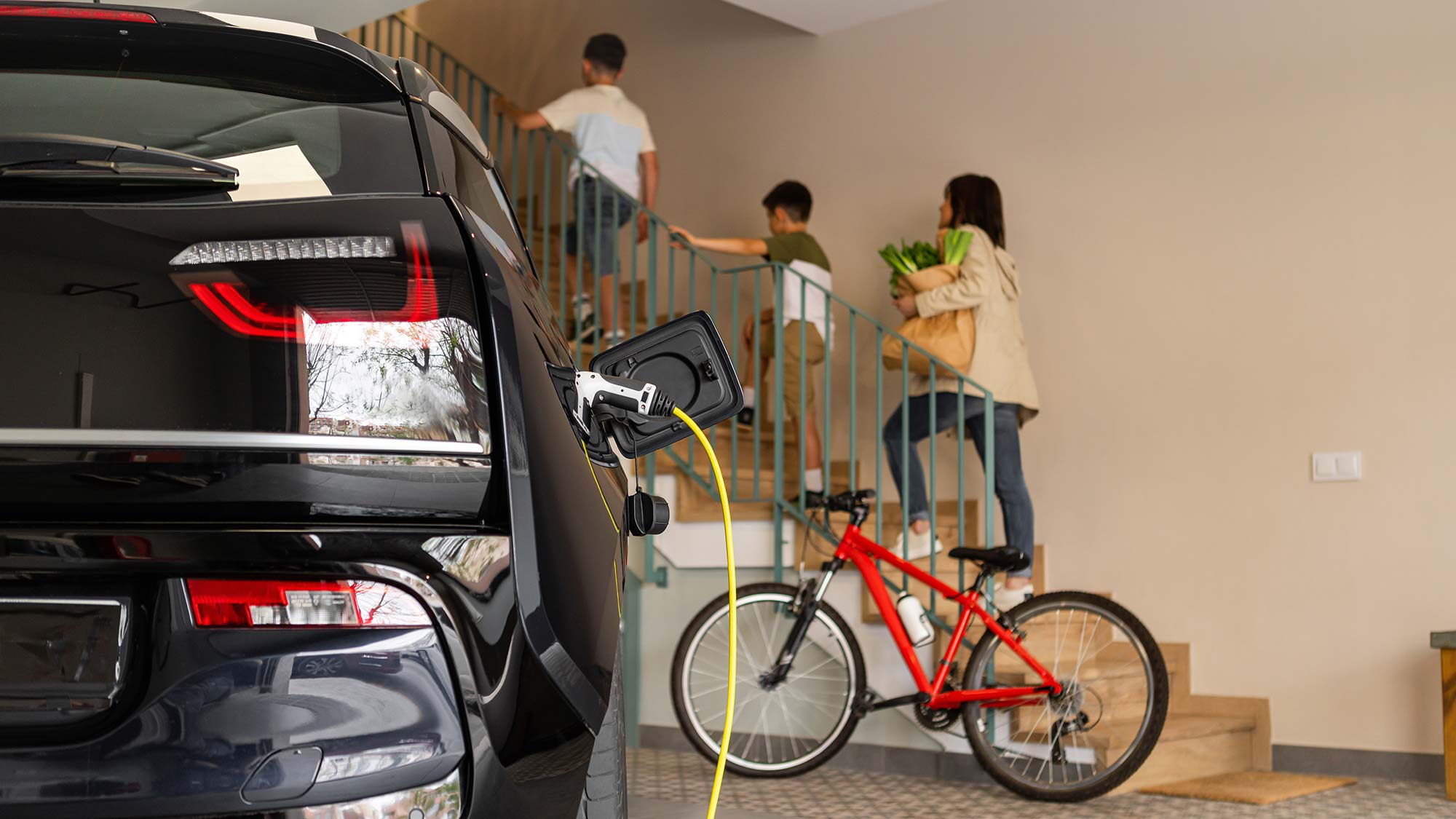We live in an era where new technology can radically improve existing areas of the economy – increasing productivity, offering new and more inclusive and accessible services, turning data into impressive customer experiences and helping us to transition to a post fossil fuel economy. But integrating technology into long established sectors like transport networks, is notoriously hard. In this piece, I want to discuss Arup’s thinking about the emerging or future transport technologies that we anticipate will present new possibilities and challenges for the way we move people and goods around. Our clients tell us that they’re surrounded by a lot of noise about potential, about revolutionary new tech, but they want to know which ideas have a future and how to integrate them within a congested and complex world of roads, planes, trains and ships that’s been over a century in the making.
I therefore want to address two questions germane to the future of transport technology development. One, which current or emerging technologies should transport planners and network operators be focusing on in 2024, and why? We’re not going to predict winners here, but we do have a way of evaluating new ideas in transport technology. Second, how can new technology play a role in improving the quality, availability and adoption of existing public transport modes? Which technologies could act as force multipliers for the areas that our countries and cities have already invested in. Answer these two questions, and you should start to formulate an approach to new transport technology that’s grounded, outcome-based, implementable, commercially viable and a good fit for your population and customers’ needs.
In my new role as Future Transport Technology lead, I get many opportunities to discover and assess the readiness and merits of groundbreaking transport technologies. From Urban Air Mobility to Connected Autonomous Mobility, the prospects can be huge. But what is most important in my role is to ensure that whatever new technologies surface, our approach to defining, planning and developing transport solutions remains outcome-led.
The promise and the risks
There is an immense risk in adopting technology-led approaches for the development of transport solutions leading to unintended consequences. As an example, Connected Autonomous Mobility could create additional travel demand and more congestion if it is delivered in the form of private cars alone. Conversely, should government champion and implement Connected Autonomous Mobility and its associated technologies, this has the potential to expand and improve public transport in mid-sized cities or rural areas where traditional bus services aren’t provided, due to limited economic viability (driver costs vs sparser demand). The technology alone doesn’t define its most valuable application.
I believe in technology, but only in technology with a true purpose. So how should transport operators and other stakeholders evaluate future transport technology, and identify the innovations with real, scalable potential? I believe that future transport technologies should deliver the following benefits:
-
Smaller and reduced infrastructure: CAVs (applied to public transport in various forms), Hyperloop and trackless trams are technologies that seem to require smaller or reduced infrastructure compared to traditional modes of transport such as heavy or light rail. This therefore has the potential to improve both the carbon footprint, as well as the economic viability of mass transit solutions in particular.
-
Greener and more efficient travel: EVs, and by extension and even more so CAVs, are being developed to provide greener and more energy-efficient travel. Using these technologies in public transport would augment this opportunity, enabling local and national government to achieve their net-zero targets.
-
Integrated transport: emerging technologies including Demand Responsive Shuttles and micro-mobility products such as e-scooters provide new opportunities for first and last mile, making public transport more accessible and more attractive, encouraging modal shift from private car usage. Such measures can complement wider public transport plans, enhance their viability and extend their coverage.
-
Making public transport more attractive through better ride quality: emerging technologies, particularly in vehicle design, including trackless trams and potentially other new vehicles (often CAVs) seek to improve ride quality of mass transit systems without requiring significant supporting infrastructure. Once again, this can support modal shift from private car usage on a public transport system.
-
Potential of unlocking transformative economic and social benefits: Finally, there is a question on whether emerging technology have the potential to unlock transformative and economic benefits. It is crucial that we enable such assessment to ensure that the value of emerging technology is fully and objectively understood at the environmental and social levels.
Armed with these principles, an outcome-led approach enables us to remain focused on the United Nations Sustainable Development Goals, which can shape investments in future transport technologies that will work equitably for all. Reflecting on the recent COP28 summit, I am reminded that an over-reliance on technology, without clear and enforceable targets, without policy, without incentives and penalties, without shifts in behaviour, does not get us far.
For me, the message is clear. Any embrace of new transport technologies must be grounded in a wider vision for the population it will serve. This means that local, regional or national bodies will be key and creating funding mechanisms, policies and regulations that define the scope and purpose of those technologies will be just as important as the tech’s own scalability and capabilities.
We still live in a world shaped by tough spending limits and every transport client I’ve worked with has to balance investment priorities, of which new transport technology is just one. In our work on transport at Arup, we believe that a focus on wider outcomes, people’s lives and the strength of communities, provides the best compass to move forward.
Read more on this topic
-
Expertise
Highways
Arup helps clients plan, produce and predict the shape of the world’s highways – from initial investment advice, to design and research into new mobility systems.
-
Expertise
Zero emission vehicles
We develop vital strategies and associated infrastructure for electric vehicles – buses, trucks and cars powered by green hydrogen or batteries. Find out more about how we can help you.
-
Expertise
Intelligent mobility
Intelligent mobility puts the human experience at the centre of transport decision-making, using data and technology to help to tackle longstanding issues like pollution, congestion and accessibility.
 ;
;
